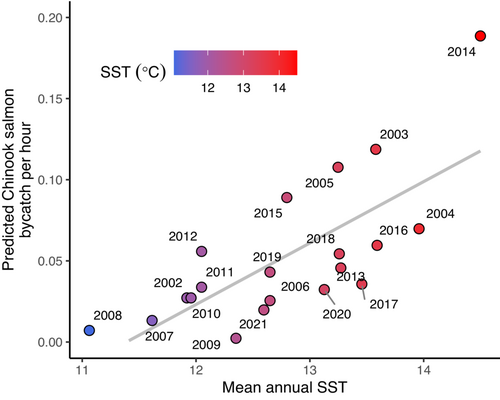Goodfish
Well-known member
That looks perfect to me! Wash that sediment out and uncover the spawning gravels again. It will clean itself out and rebuild a beautiful estuary at the mouth of the river. As noted in the video from Atlas, the first fishery to recover on the Elwha was Dungeness crab at the river mouth when the sediment deposits built huge sand bars.The sediment is one of the things that has everyone tore up here. The Klamath does look admittedly gross, but I'm not sure what folks expected it to look like.
This is where Clear Creek meets the Klamath. Maybe 70 miles downstream of the dams.
View attachment 313373
View attachment 313374







